As of present, Facebook has the highest active user base of any social networking platform. Some marketers are making good use of Facebook, while others see it only as a difficult place to promote their products.
Keep in mind that Facebook’s advertising platform can reach 2.14 billion individuals. Whoa, that’s some serious potential right there!
Since 70 percent of Facebook’s user base is active on the site every day, it’s a great area to connect with potential customers. By advertising on Facebook, you may reach the people who are most likely to be interested in what you have to offer.
The efficacy of a Facebook advertising campaign may be diminished if its intricacy increases the likelihood of errors. In the end, this leads businesses to incorrectly conclude that Facebook advertising isn’t worth the effort or isn’t right for their company.
Up to 62% of small company owners have said they have had little success with Facebook marketing, according to Weebly.
Because of the rise in competition for users’ attention, this is a common problem for modern enterprises. You’ll need more than just a great image and some clever text for your Facebook ad to succeed.
But if you want your Facebook advertisements to be effective, you need to avoid making these frequent blunders.
Top 9 Facebook Ad Mistakes to Avoid
1. Unclear Objectives

The first step to creating an effective Facebook ad is to determine your objectives. What do you want your ad to achieve? Do you want to increase brand awareness, generate leads, or promote a specific product?
If you’re not sure what your objectives should be, take some time to research your target audience and figure out what would be most important to them. Once you know what your objectives are, you can create ads that are more likely to achieve those objectives.
If you know what you want to achieve from the campaign, you can evaluate its success more precisely. In addition, if your campaign isn’t performing as expected, you can halt it or adjust its settings rather than simply throwing away money.
It’s important to set goals that will help your business meet its immediate needs. Setting goals and setting the proper goals are two very different things.
Among the many objectives pursued by marketers are:
- More people know about the brand
- More people participating in the community,
- More sales and leads, more people visiting websites.
- Getting better results from your hiring process
- Get a better return on your Facebook ads, etc.
Also Read: How to Choose The Perfect Magento Development Company?
2. Not Targeting the Right Audience

Facebook has millions of users, so there is a good chance that your content will get lost in the huge amount of data that is added every day.
Reports show that every minute, Facebook users make up to 510,000 comments, upload 136,000 photos, and post 293,000 status updates.
There are also more than 50 million business pages on Facebook, and most of them would be running Facebook ads to try to reach the same people you are.
The social media site’s huge popularity will give you an idea of how much competition you will have to deal with to get your message to your customers. You would not only be competing with other marketers, but also with the friends, family, and coworkers of your audience who also post on the platform.
All of this information indicates that if you do not correctly target your audience, there is a great likelihood that your advertisements will get lost in the massive flow of content.
If you want your ad to be successful, you need to make sure you’re targeting the right audience. Facebook allows you to target users based on interests, demographics, and even behaviors.
Before you can create an effective ad campaign on any platform, you need to know who your target audience is. You need to know their age, gender, interests, and needs.
If you don’t take the time to understand your target audience, your ads will be ineffective. They’ll either fail to reach the right people or they’ll be so general that they won’t resonate with anyone.
Here are some crucial elements to consider when determining your target audience:
Location:It is critical that you target an audience based on factors such as their country, state, zip code, and so on. You can even narrow it down to those who work in a specific field.
Demographics: These include characteristics like gender, age, marital status, income levels, and so on.
Interests: When determining your target market, it is critical to examine your interests. Assume you are selling cameras; an interest you can choose when determining who will see your ads is folks interested in photography or art.
Engagement: This is a useful method of getting your material to those who are inclined to interact with it. People who have recently liked, commented, or followed you on social media will see the ad if you set it to display by engagement.
Behaviors: Facebook Pixel is a targeting tool used by Facebook. The pixel monitors a user’s behavior and displays adverts accordingly. This is an effective method of targeting your adverts. For example, if someone recently visited your website, Facebook will offer them ads connected to your site.
Automatic Optimization: After you’ve specified the various target settings supplied by Facebook, you can instruct Facebook to automatically optimize this audience for you.
3. Wrong Ad type
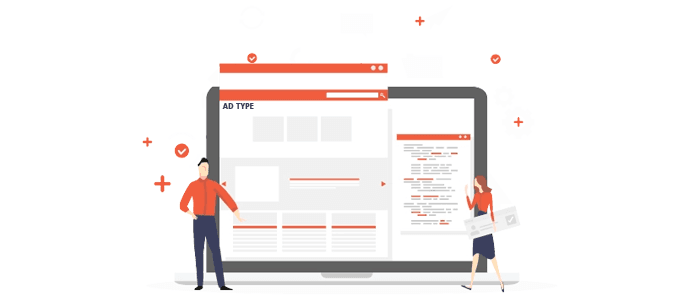
The type of ad you use on Facebook will determine how successful your campaign will be. There are several types of ads, and each one serves a different purpose.
Before you create an ad, you need to determine what your goal is. Are you trying to increase brand awareness, generate leads, or increase sales?
Once you know what your goal is, you can choose the ad type that will help you achieve it.
You have a number of various ad format options to choose from while using Facebook. However, in order to select the appropriate one, you must first have a solid understanding of your target demographic.
The following are some samples of some of the most common forms of advertisements:
- Photos (with size variants)
- Videos
- Carriage ride (i.e. making use of multiple images or videos in one ad)
- Slideshows
- Utilizing canvas Collections as Resources (a single ad that would display all of your products)
4. Budgeting your campaign

Are your paid advertising efforts not yielding satisfactory results?
As with any paid advertising campaign, you need to set a budget for how much you will spend on ads. If you don’t have a budget, you might spend a lot of money on ads that don’t work. This is made worse by putting more money into ads that aren’t working. Spending more money on a campaign that isn’t working won’t make it work.
So, you’ll need to make sure you have a budget that fits your business and your goals. If your budget is too high, you might spend it quickly without getting any results, and if it’s too low, you might not reach the people you want to.
Facebook is also based on a bidding system, just like Adwords. When you make an ad campaign, you can choose from one of four ways to bid. These tips will help you get the most out of your campaign and only bid on placements that will give you the best return on investment.
Your campaign can use any of the following bid strategies:
Lowest cost
Bid cap
Target cap
Cost cap
5. Abadoning old ads
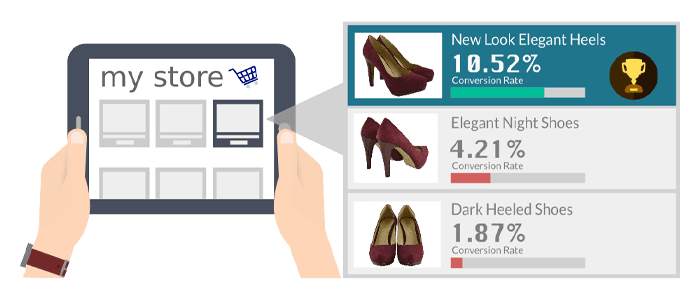
Most marketers make the mistake of creating new Facebook ads and then leaving them alone for weeks. However, it’s important to look at how well your ads are doing every day.
If you’re not constantly monitoring your ads, you could be missing out on valuable insights. For example, you might not realize that one of your ads is underperforming unless you check in on it regularly. Or, you might not notice that a particular ad is driving a lot of conversions unless you’re looking at the data on a daily basis.
It’s important to vary your ads so that people aren’t constantly bombarded with the same one. If you don’t keep an eye on your ads, you won’t be able to tell if your campaign is meeting the goals you set for it.
When you check on your ad’s progress, there are a few things you should keep an eye out for and make sure of:
Ad frequency
Click-through rate
Conversion rate
Number of leads generated
Ads performance by type and placement
Interest-based clicks
By checking in on your ads regularly, you can make sure that they’re performing as well as possible. In addition, you can also use this data to improve your future campaigns. So, don’t make the mistake of leaving your Facebook ads alone – make sure to check in on them every day!
6. Running too many Ads
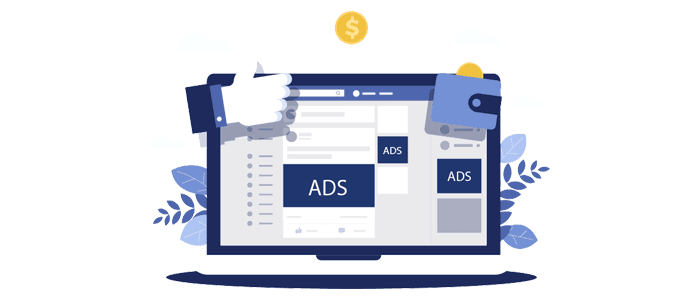
When it comes to advertising on Facebook, one of the most common mistakes made by companies is making their Ad accounts too complicated.
This usually happens when businesses try to create multiple Ad settings and campaigns within a single account. Not only does this make it difficult to keep track of your Ads, but it can also lead to decreased performance and higher costs.
To avoid making this mistake, it’s important to keep your Facebook Ad account as simple and organized as possible. Try to create separate accounts for each campaign or Ad set, and make sure to name them in a way that makes sense. This will help you stay organized and ensure that your Ads are performing at their best.
If you did that, efficiency would go down and confusion would rise. A complicated Ad account makes it hard to monitor activity.
The Facebook ad algorithm requires between 50 and 100 conversions per ad set per week for maximum benefit. Substantial advertising expenditure is necessary for Facebook to effectively drive such campaigns.
Regularly monitoring your advertising would allow you to determine if you need to modify your Ad choices.
Don’t rush through FacebookAds. It’s best to wait at least three days before deciding whether or not to make any adjustments.
Data is critical in marketing. These numbers are what will help you get more done and make sure your campaign is a success.
Also Read: 9 Types of Digital Marketing for Promoting a Business
7. Not testing the ads

There are a lot of different factors that go into a successful ad campaign. From the initial concept to the execution and implementation, every step is critical in ensuring that your ad reaches its target audience and generates the desired response.
However, even the best-planned campaign can fall flat if you don’t take the time to test your ads before you launch them.
Ad testing enables you to determine the exact performance of your ads and, based on specific criteria, how they might be enhanced. If you don’t test, you might end up putting out ads that don’t work over and over again.
Therefore, ad testing should be an integral part of your overall marketing strategy. By taking the time to test your ads, you can avoid making costly mistakes that could damage your brand’s reputation and erode your bottom line.
A/B testing is one of the best ways to test a Facebook ad. This tests a specific part of your ad to see if it helps or hurts performance. To do this test, you’ll need to send out two versions of the same ad. One will have a small change in the part you want to test. For instance, you could send out two ads with the same picture but different text.
After creating and distributing the advertisements, you may monitor their success and compare the results. With this information, you can figure out what needs to be changed to make a better version.
8. Not optimizing for all devices
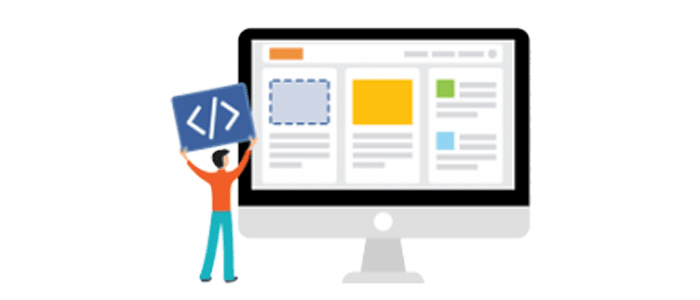
Mobile devices are increasingly becoming the preferred way to access Facebook.
In January 2021, more than 98% of all active user accounts were accessed via mobile devices. And 79.9% of Facebook users never use a desktop computer to access the platform. If you’re not optimizing your ad creative for mobile, you’re missing out on a huge opportunity to reach your target audience. Here are some common mistakes to avoid:
– Not using high-quality images: When it comes to images, quality trumps quantity on Facebook. Use clear, bright, and eye-catching images that will stand out in the newsfeed.
– Having long text blocks: Keep your text short and sweet on mobile. No one wants to scroll through a novel-length ad copy.
– Ignoring the call-to-action button: The call-to-action button is one of the most important elements of your ad. Make sure it’s prominently displayed and easy to click on mobile devices.
Strong images are essential for social media marketing success. Ensure that you are not employing low-quality photographs or stock photos that do not correspond with the ad’s message.
Choose only high-quality, high-resolution, and really relevant photos that underline the primary focus of your advertisement and landing page. Use the appropriate image size for each placement:
Facebook Feed and Facebook Search Results at 1,080 pixels wide by 1,080 pixels tall
Facebook Right Column, Facebook Instant Articles, and Facebook Marketplace at 1,200 x 1,200 pixels
Sponsored Message at 1,200 x 628px
Facebook Stories at 1,080 x 1,920px
By following these tips, you can make sure your ads are optimally viewable and engaging on mobile devices.
Also Read: 7 Expert SEO Tips to Follow in 2022
Conclusion
A successful Facebook ad campaign requires going the additional mile to engage with the target demographic. It is essential to research your target group and pay attention to the type of advertisement that performs well.
Numerous marketers view Facebook as a challenging marketing platform, but it’s actually not that difficult. The objective is to comprehend Facebook’s inner workings and then take strategic approaches to succeed with Facebook marketing. To be more specific, you should conduct research. The more you know about your target audience, the more you will be able to appeal to them.
Ads on Facebook can lead to the rapid growth of a business if they are properly implemented and utilised. Utilize these suggestions outlined in the text and avoid making these typical errors.
After your campaign goes live, you can start A/B testing on Facebook. Choose the variable you want to test, choose the campaign you want to test, and hit “Publish.” From there, use your ads dashboard to keep track of the ads.



















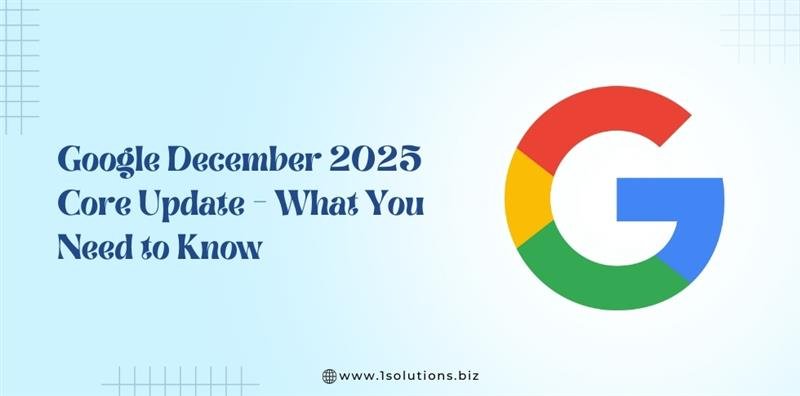
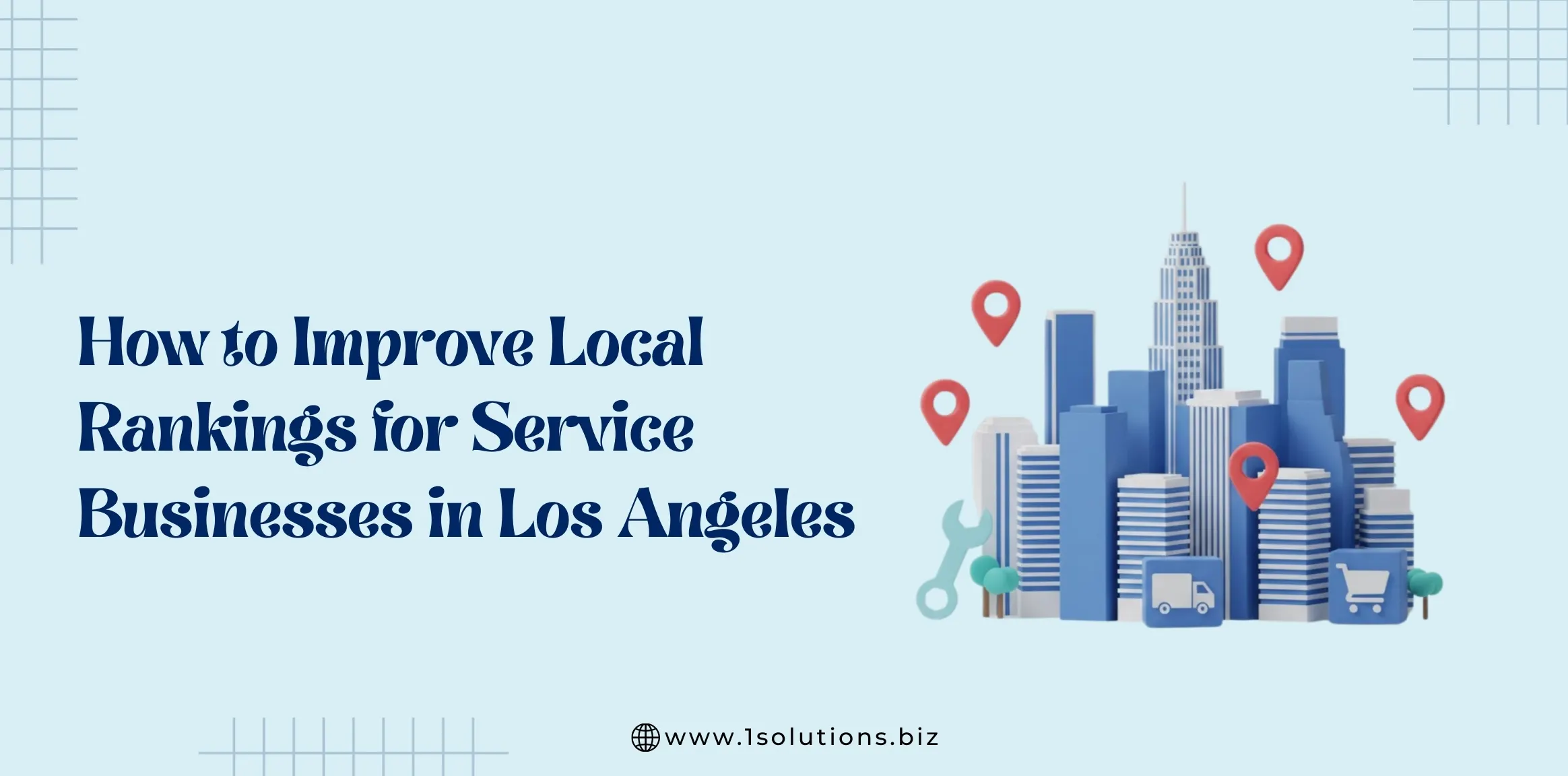
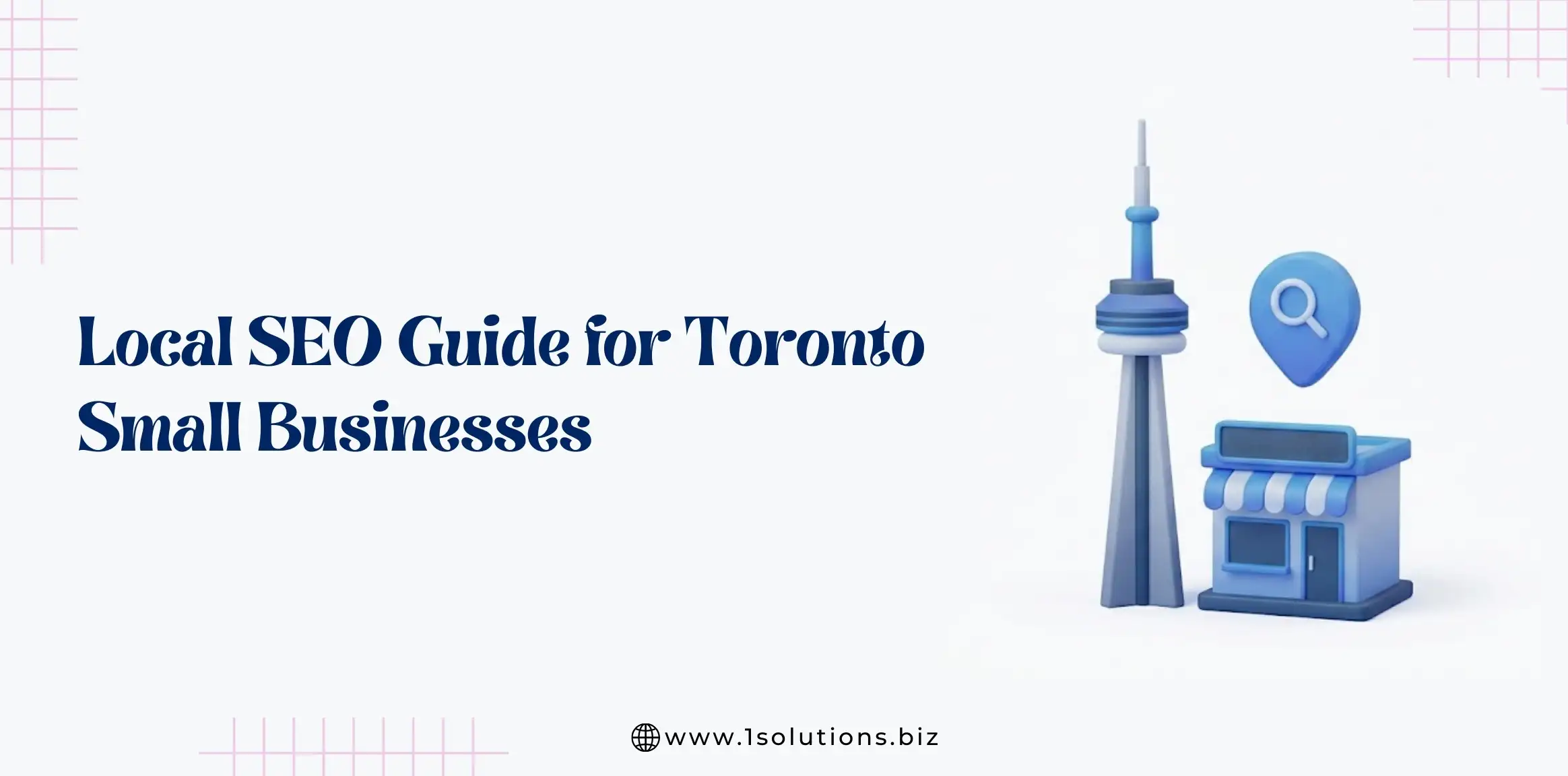
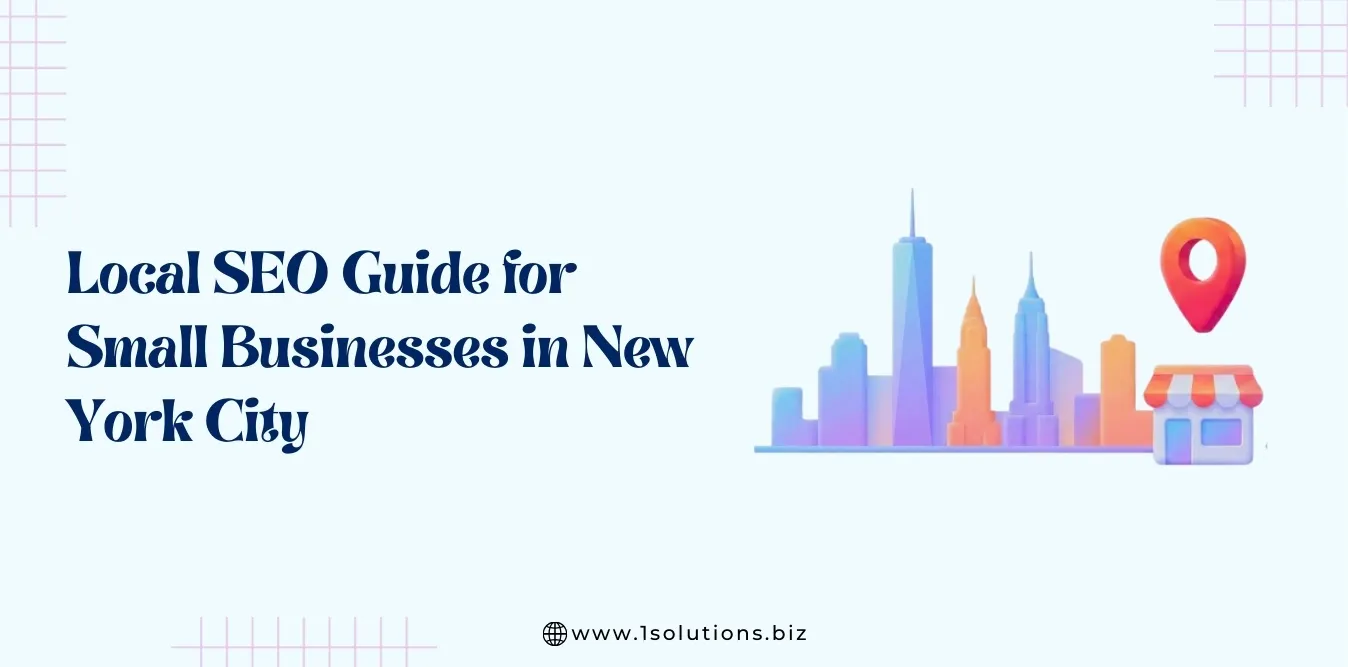

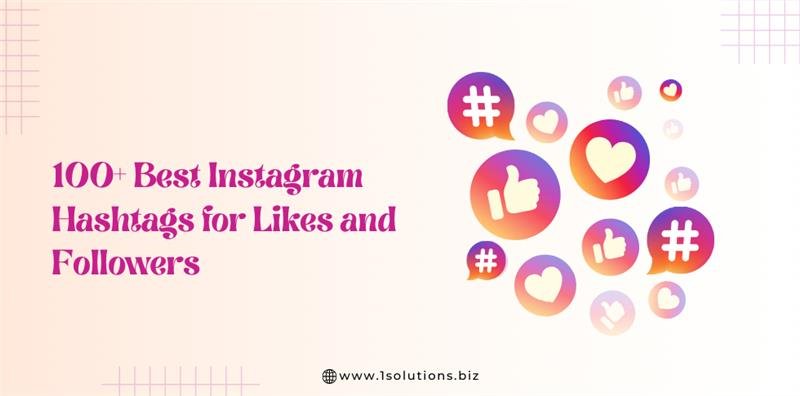
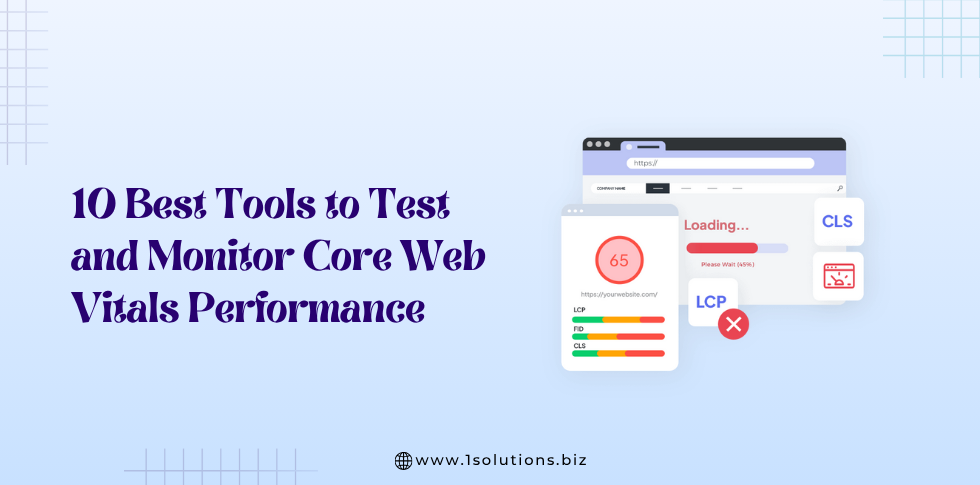




 in India
in India